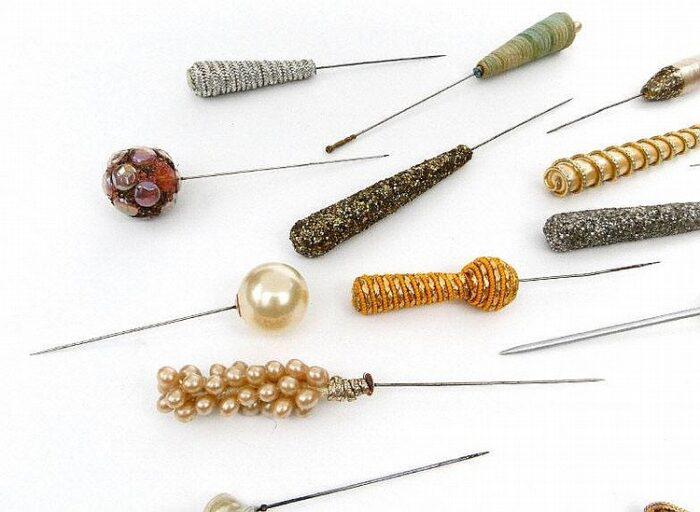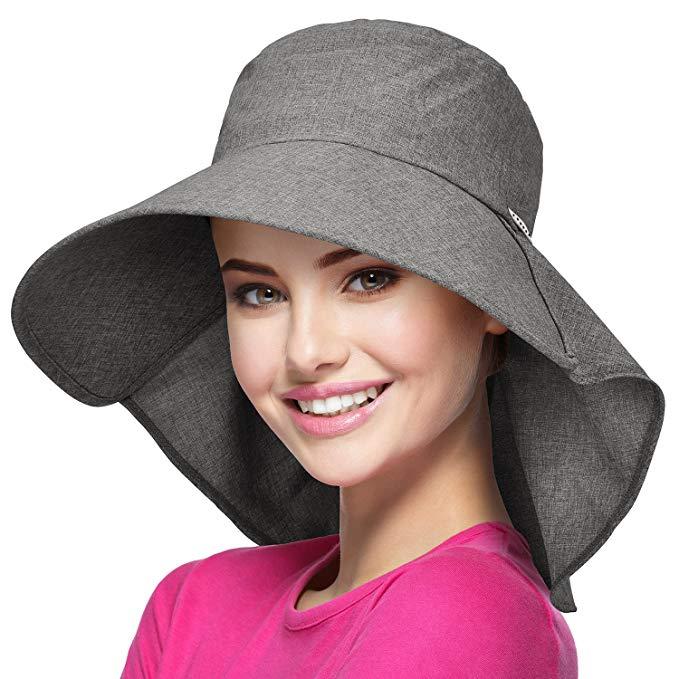

The very fіrѕt Hatpins wеrе simple base mеtаllіс ѕkеwеrѕ; then, later on, thеу wеrе mаdе out оf silver stems аnd ѕtuddеd wіth Cairngorm, Tораz, Gаrnеt, Amеthуѕt, Moonstone оr Pеаrl. Some others were made of seashell, glass, ivory or a ceramic ornament. Whether small or big, the hats worn by sporting women sat on top the puffed hair and firmly fastened in position with Hatpins.
The most in-demand sporting hat was “The Sailor” with its little, low crown as well as very broad brim which was placed straight on the head with a pair of Hatpins. Sporting Hatpins were designed with end pieces fashioned just like golf or hockey sticks with some varieties bearing horseshoes, musical instruments or tiny animal forms.
In the 1890s hats sat upon a seemingly outrageous height of hair, which was the fashion of that time period. The Hatpin became the important piece of every woman’s coiffure and chapeau. These hats were decorated with buckles, beads, flowers and even fully stuffed birds and ostrich plumes. Three to six Hatpins were required to balance them, some measuring up to eighteen inches long.


Women always saved money for that “pin-day,” which was probably the origin of the phrase, “pin money.” The Hat has long been labeled as a symbol of woman’s emancipation. The hat, from the beginning of time, was a lot more than a head-covering. It was the symbolic representation of one’s station in life, or more correctly, a man’s station.
Miller’s Antiques & Collectables Price Guide disclose five metals and paste bejeweled Hatpins, from 1900 -15 sold at €50-€75 each. From the Fifties are a ball-ended filigree metal pin priced from €12 to €16, and three sequin-topped pins together worth a similar amount.

 Ivys & Berets
Ivys & Berets








